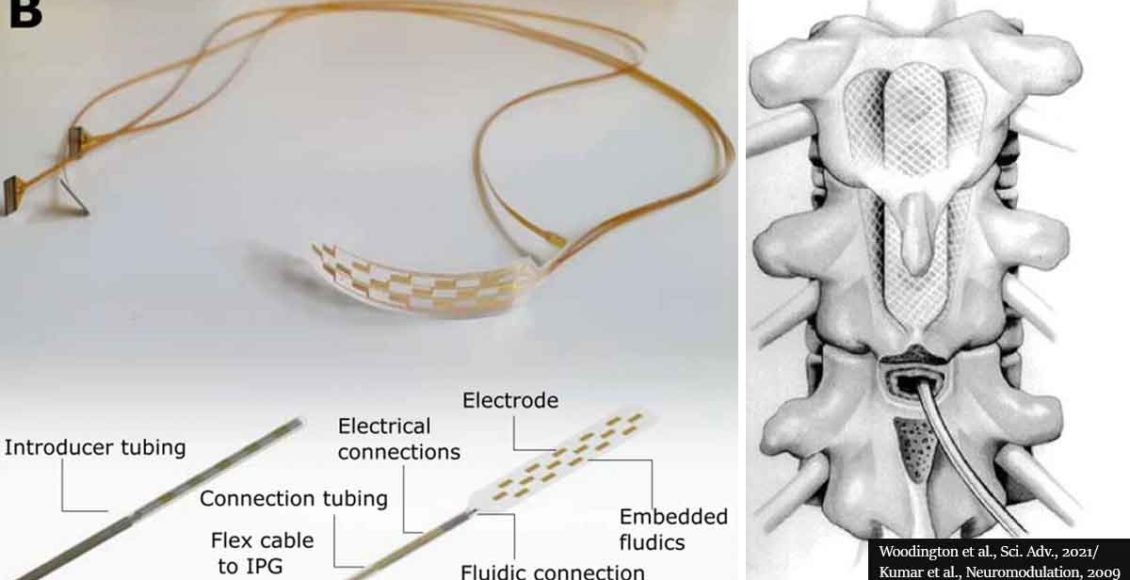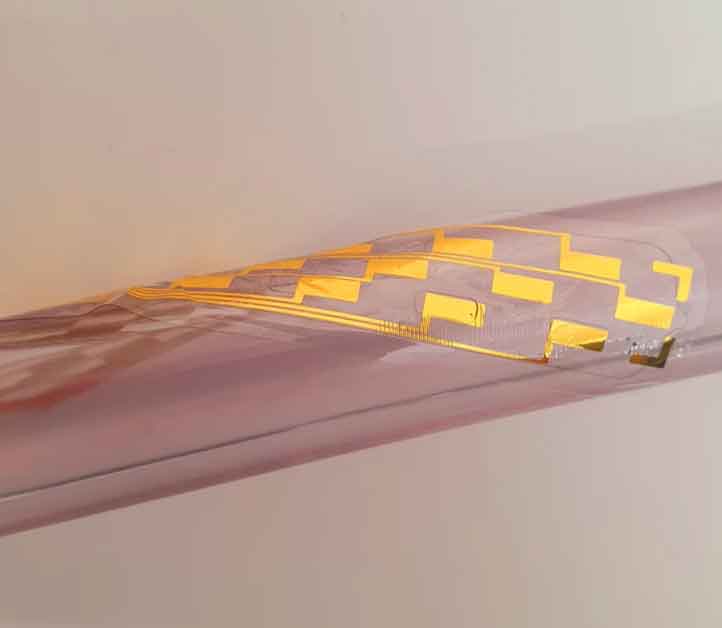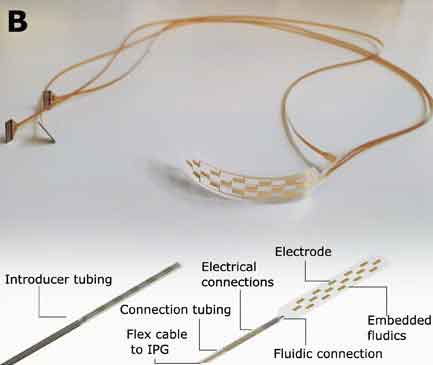Groundbreaking ‘Inflatable’ spinal cord stimulator could make pain relief widely available

Inflatable spinal cord stimulator may be what you need for your severe chronic back pain.
- Scientists from the University of Cambridge developed an inflatable spinal cord stimulator that relieves back pain.
- The stimulator uses electrical pulses to mask pain signals traveling to the brain via the spinal cord.
- According to the experts, the SCS device could reduce the need for invasive surgery and “bring relief to so many people.”
Tiny inflatable spinal cord implants will be treating severe chronic back pain that doesn’t respond to medication in the near future. A team of scientists from the University of Cambridge in the UK has developed a spinal cord stimulator(SCS), that delivers mild electric currents to a person’s spinal cord via implanted electrodes. The stimulator relieves pain using a small implanted pulse generator device that allows the electrical pulses to help mask pain signals traveling to the brain via the spinal cord, as Science Alert reports.

Damiano Barone, a clinical neuroscientist at the University of Cambridge, explains:
“Spinal cord stimulation is a treatment of last resort, for those whose pain has become so severe that it prevents them from carrying out everyday activities.”
The expert claims this effective device “could bring relief to so many people.”
However, the process of implanting an SCS device would be complex, as it requires instilling electrodes into a person’s spinal column, which is a considerably difficult task.
Still, the innovative inflatable device is exceptional, as it can be rolled up to a diameter of just two millimeters, which means it can fit inside a standard hollow needle. And once it is in place, the surgeon rolls it out into a more effective paddle shape reminding of a tiny mattress with a thickness of up to 60 micrometers with a small squirt of air or liquid.

To achieve this phenomenal application process, the scientists use a combination of flexible electronics that allow for a device to change its shape after implantation and the addition of microfluidic channels for inflating it.
Engineer Christopher Proctor clarifies:
“Thin-film electronics aren’t new, but incorporating fluid chambers is what makes our device unique – this allows it to be inflated into a paddle-type shape once it is inside the patient.”
The new SCS device is already patented by the commercialization arm of the University of Cambridge.

The experts who designed the inflatable stimulator are certain it could reduce the need for invasive surgery to deliver life-changing SCS therapy to people living with severe pain. What’s more, they believe it would enhance the availability of such devices for future applications.
In their study, the researchers write:
“We envisage a device that could cover a much larger area while retaining a small insertion footprint, offering a new paradigm for central nervous system interfaces. Devices leveraging this kind of shape-changing fluidic actuation in situ could be applied to other stimulating or recording devices where low-risk surgery is preferred, such as on the brain or retina or in hard-to-reach parts of the body, for example, deep peripheral nerves or organ interfaces.”

